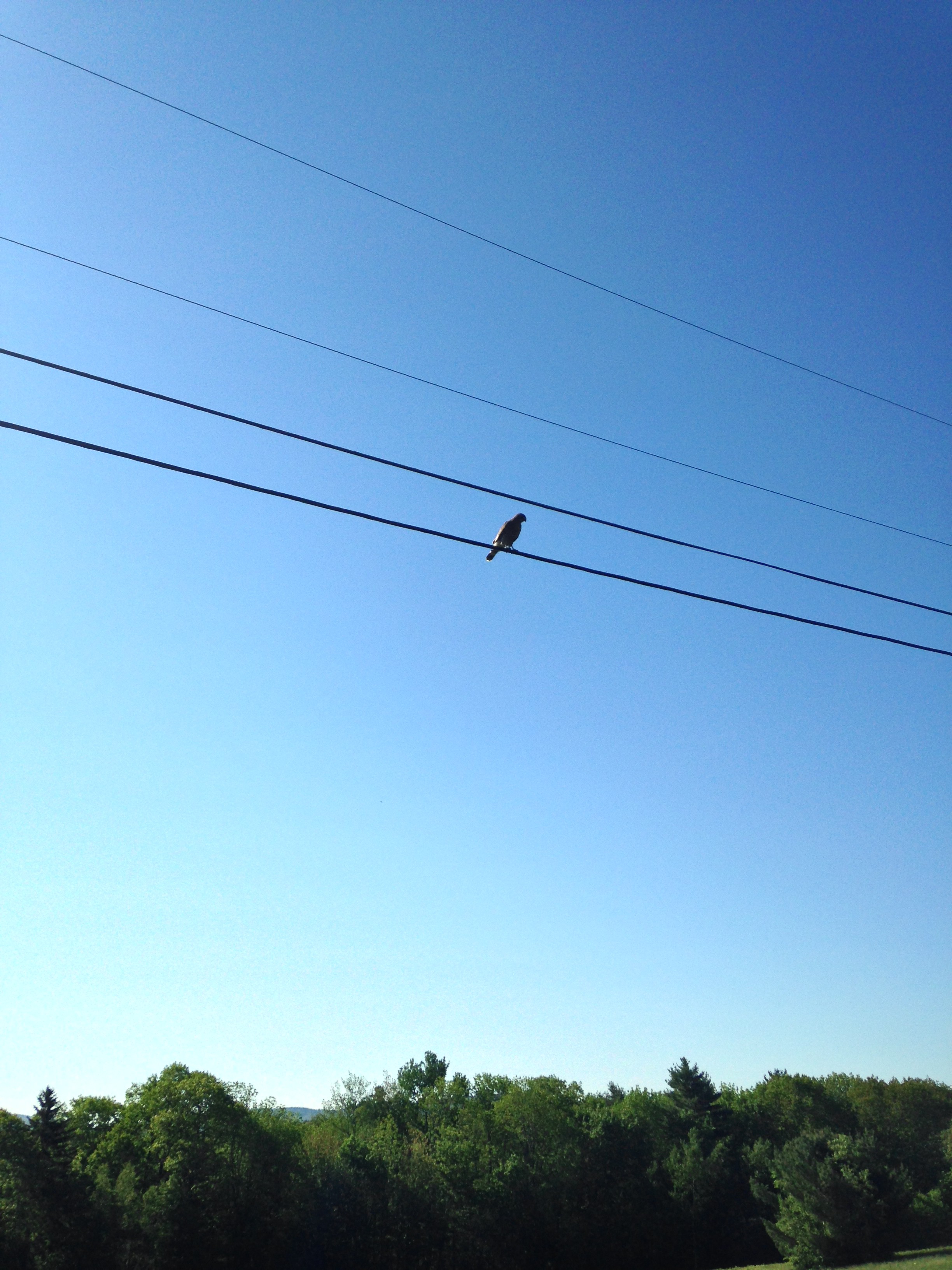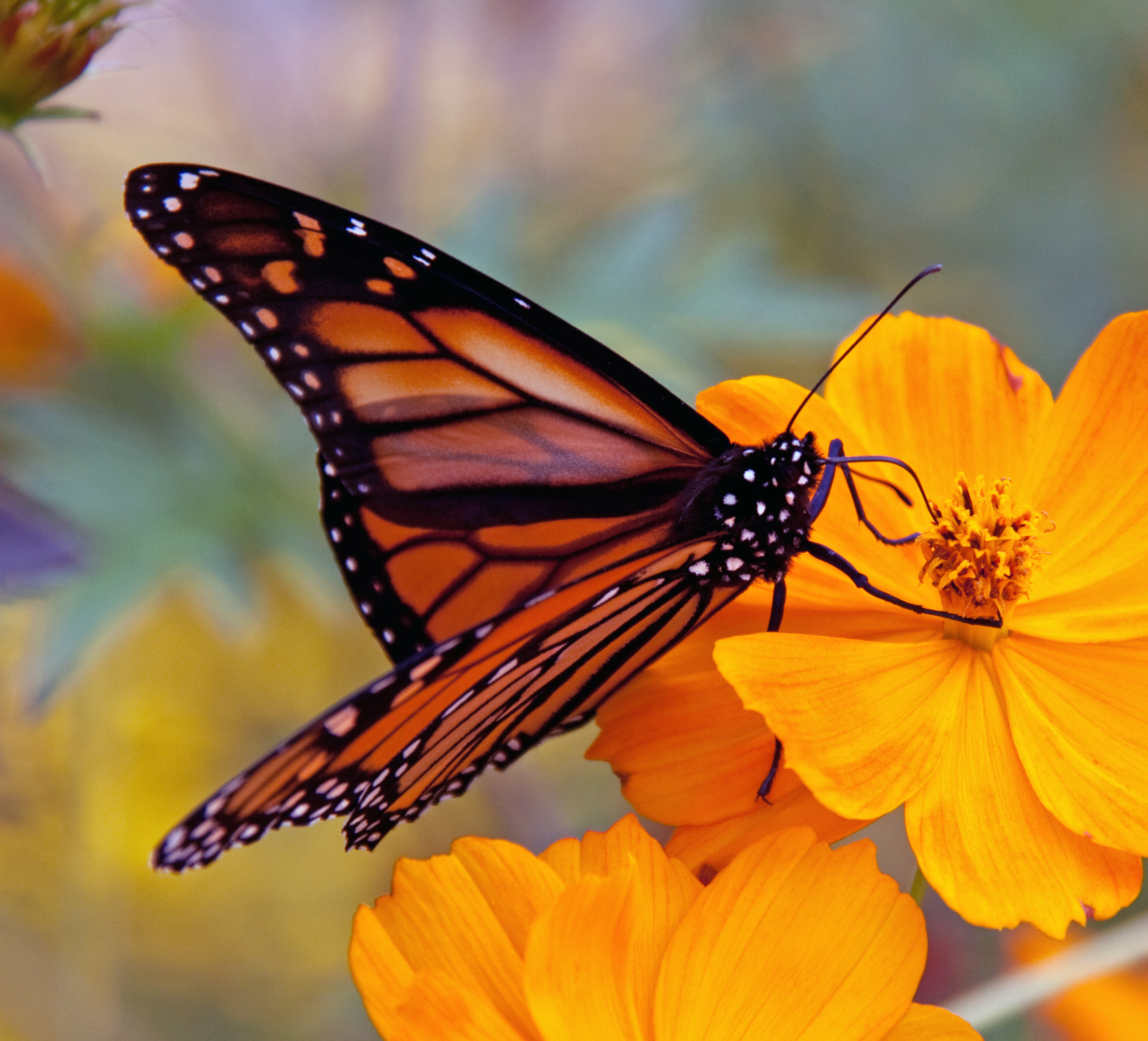
Take a momentary journey with me:
Imagine a tight-knit, underground society of humans, working away their entire lives, never seeing the light of day. These wretched people toil to provide food, shelter and lavish affection on a single individual. This powerful ruler, one whose long life reaches into the deep beginnings of their civilization, serves its people by being its sole reproductive citizen.

No thanks.
While this idea of a long-lived human ruler seems ridiculous, , it’s not so far fetched for a variety of social insects, such as bees, ant and termites. In fact, comparisons between humans and social insects can be useful for examining the underlying processes of aging1.

Social insect queens live up to 10 times as long as their workers2. For humans (whose average lifespan in the U.S. is about 78.5 years), that would be like having a female monarch nearly a thousand years old3. That’s pretty wild scifi/fantasy right there, but insects make it look easy!
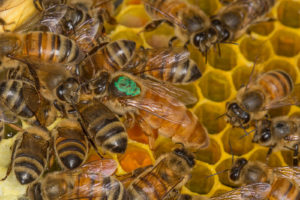
Honeybee (Apis mellifera) queens can live for 12-24 months, which is much longer than the average worker bee (4-8 weeks)4. Ants and termites reign supreme age-wise, with queens of both species topping out around 30 years old5!
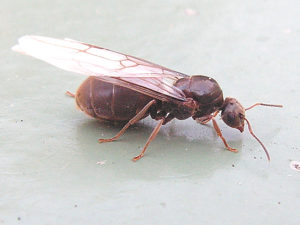
Insects achieve this extreme diversity of ages by relying on complex social behaviors and well-designed homes. Safely hiding deep in the labyrinthine nests, queens of these colonies act as stem cells for a “super-organism”6.
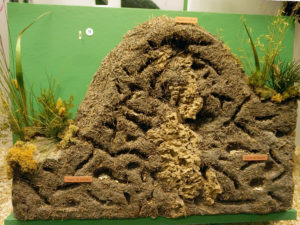
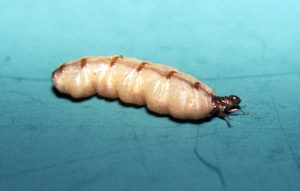
Additionally, a recent study by Tasaki et al. revealed that highly tuned systems of antioxidants are key to the extreme longevity of termite queens7. I don’t know about you, but that fact inspires me to guzzle even more tea than I already do8!
References
- Keller, L. and Jemielity, S. (2006). Social insects as a model to studythe molecular basis of aging, Experimental Gerontology, 41(6) 553–556, 2006.2.
- Jemielity, S.,M. Chapuisat, Parker, J. D., & Keller, L. (2005). Long live the queen: studying aging in social insects, Age, 27(3) 241–248.
- Arias, E. (2014). United States life tables, 2010. National Vital Statistics Reports, 63(7), 1–62.
- Rueppell, O., Bachelier, C., Fondrk, M. K. & Page, R. E. (2007). Regulation of life history determines lifespan of worker honey bees (Apis mellifera L.), Experimental Gerontology, 42, 1020–1032.
- Keller, L. (1998) Queen lifespan and colony characteristics in ants and termites. Insectes soc. 45, 235–246.
- Keller, L. and Jemielity, S. (2006). Social insects as a model to study the molecular basis of ageing, Experimental Gerontology, 4(6), 553–556..
- Tasaki, E., Kobayashi, K., Matsuura, K. & Iuchi, Y. (2018) Long-Lived Termite Queens Exhibit High Cu/Zn-Superoxide Dismutase Activity. Oxidative Medicine and Cellular Longevity doi:10.1155/2018/5127251
- Jones, A., Acquaviva, A., Dennis, G. R., Shalliker, R. A. & Soliven, A. (2018) Bioactive screening of complex tea samples using the ferric reducing antioxidant power assay incorporating reaction flow HPLC columns for post column derivatisations. Microchemical Journal 138, 197–202.


